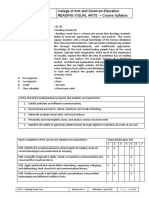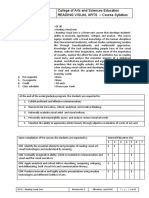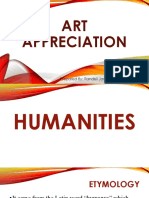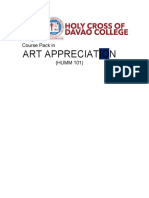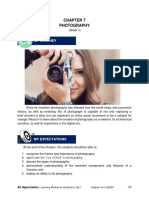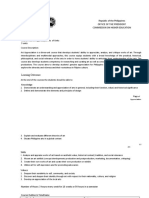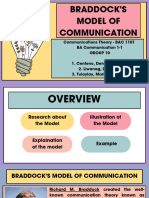100% found this document useful (4 votes)
5K views48 pagesVisual Arts Course Overview
Uploaded by
Denise Ingrid CentenoCopyright
© © All Rights Reserved
We take content rights seriously. If you suspect this is your content, claim it here.
Available Formats
Download as PDF, TXT or read online on Scribd
100% found this document useful (4 votes)
5K views48 pagesVisual Arts Course Overview
Uploaded by
Denise Ingrid CentenoCopyright
© © All Rights Reserved
We take content rights seriously. If you suspect this is your content, claim it here.
Available Formats
Download as PDF, TXT or read online on Scribd
/ 48




